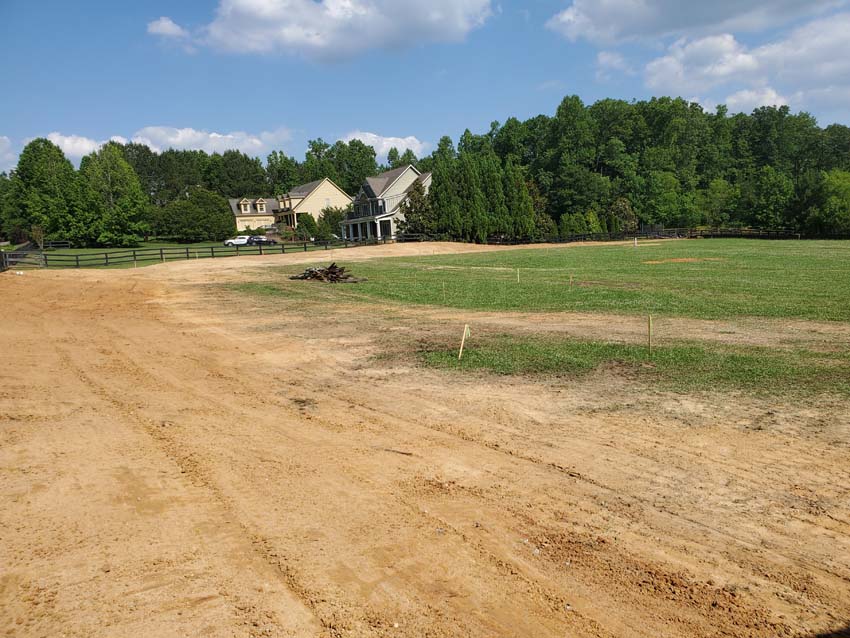Grease trap cleaning is an essential part of keeping your kitchen running smoothly. Grease traps help prevent the buildup of greasy substances in your pipes, leading to clogs and other plumbing problems. Regularly cleaning out your grease trap can save you time, money, and headache in the long run.
When it comes to grease trap cleaning, there are a few steps you should follow. First off, you'll need to locate the grease trap itself. In many cases, it will be located underneath the sink or near other plumbing fixtures. Once you've found it, make sure that all the surrounding area is clear so that you won't have any trouble accessing it for cleaning.
Next, you'll want to empty out any accumulated solids from the trap before beginning the actual cleaning process. This can be done by using a plunger or hand-held vacuum cleaner to suction out the debris. You may also need to use a scraper or brush to remove stubborn bits of solid material stuck on the sides of the trap.
Once all of the solid material has been removed from the trap, it's time for thorough sanitization. Depending on how much grease is present in your particular situation, this might require applying a commercial-grade degreaser product directly into the trap and allowing it to sit for several minutes before rinsing with hot water. For more serious buildups of grease and grime, professional service may be necessary for proper removal and disposal of hazardous materials.
Finally, after sanitizing and thoroughly flushing out your grease trap with hot water, double check that all debris has been completely removed before reassembling everything back together again properly and securely tightening any fittings or connections as needed. With these simple steps followed regularly over time as part of your routine maintenance program for your kitchen equipment and plumbing system you can help ensure smooth operation for years to come!
